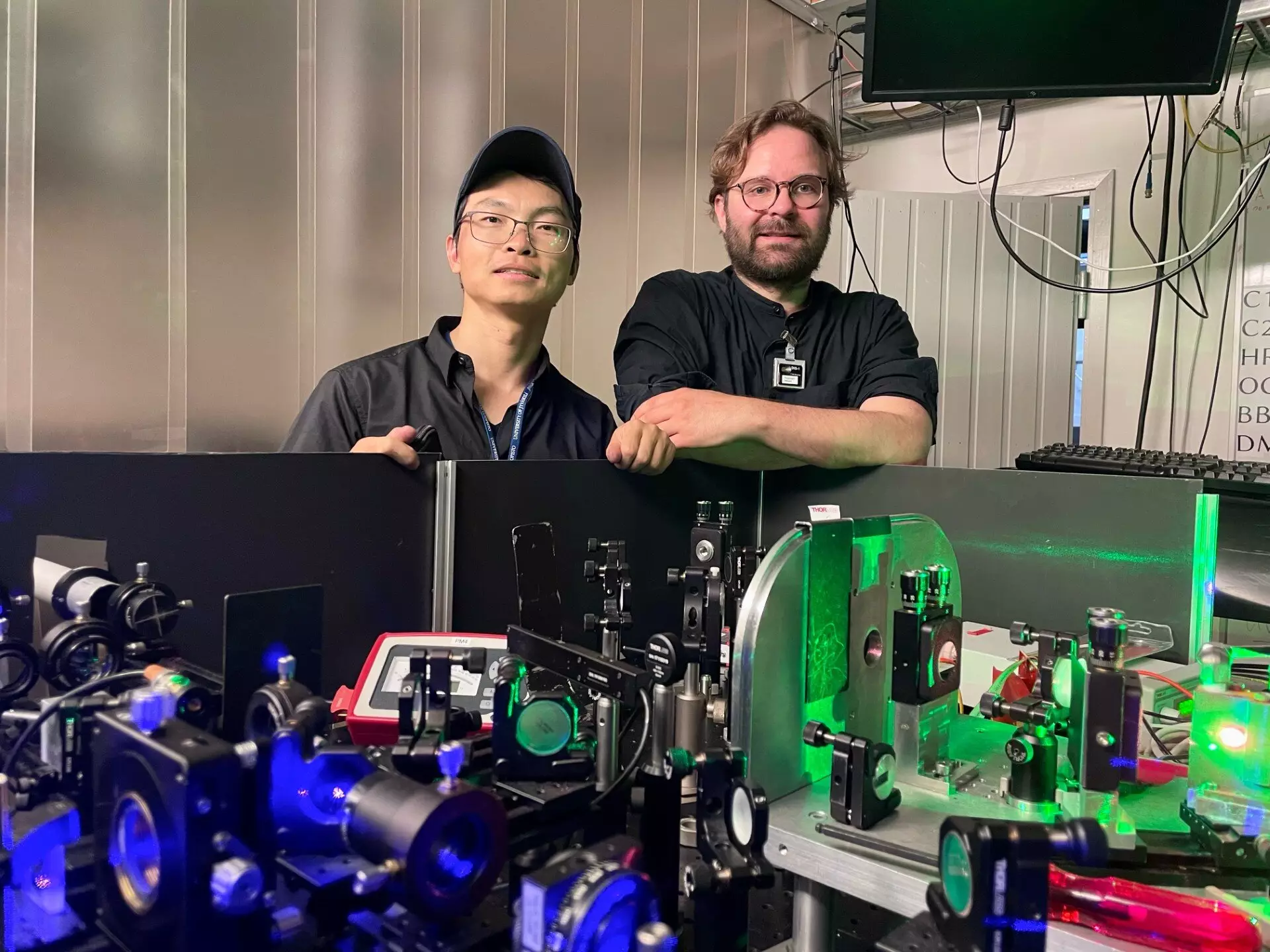The field of nuclear physics continually evolves as researchers push the boundaries of our understanding regarding the fundamental forces that govern the atomic nucleus. Recently, a team from the Department of Physics at the University of Jyväskylä in Finland made groundbreaking contributions to this field by exploring the strength of the magic neutron number 50 shell closure within the silver isotopes. This research, published in prestigious journals such as Physical Review Letters and Nature Communications, offers critical insight into nuclear structure phenomena that could help refine theoretical models used to describe atomic nuclei and their interactions.
At the heart of this pioneering study is the investigation into the region lying beneath tin-100 (100Sn) on the nuclear chart. Tin-100 is distinguished as the heaviest doubly magic self-conjugate nucleus, exhibiting unique structural characteristics that challenge the existing theoretical frameworks. The researchers focused on understanding essential nuclear properties, including the binding energies of exotic nuclei close to this point, to assess shell closure stability and the evolution of single-particle energies. This information is vital not only for theoretical physics but also for comprehending real-world applications, such as astrophysical processes like rapid proton capture, where precise nuclear data serve as crucial benchmarks.
To delve deeper into the magical properties of the N=50 neutron shell closure, the researchers employed advanced techniques that set this study apart. They utilized a hot-cavity catcher laser ion source in conjunction with a Penning trap mass spectrometer, integrating a cutting-edge phase-imaging ion-cyclotron resonance (PI-ICR) technique. By combining these innovative methods, the team was able to analyze the properties of the silver isotopes with unprecedented detail, achieving results with a precision margin of about 1 keV/c²—even when dealing with extremely low yields of one event every ten minutes.
The exploration of the ground state masses of silver-95 to silver-97 and the isomeric state in silver-96 laid the groundwork for quantifying the robustness of the N=50 shell closure in this isotopic chain. The results hold implications that extend beyond mere data points; they benchmark state-of-the-art theoretical approaches, such as nuclear ab initio calculations, density functional theory, and shell model calculations. These advancements serve to fortify existing universally applied theoretical models, bringing them closer to accurately reflecting the complexities of atomic structures.
One notable outcome of this research is the precise measurement of the excitation energy of the silver-96 isomer. Recognized as a potential astrophysical nuclear isomer, the ability to treat the ground state and isomer of silver-96 as separate entities represents a paradigm shift in astrophysics modeling. Understanding these properties allows for improved predictions concerning nucleosynthesis processes, shedding light on how elements form within various cosmic environments.
Moreover, the study highlights ongoing challenges in reproducing trends in the ground-state properties of nuclei situated along the proton dripline in close proximity to tin-100. The team’s findings are positioned to enhance the theoretical frameworks that predict these behaviors, fostering a deeper comprehension of the physics at play and enabling researchers to develop more accurate models.
The implications of these findings extend well beyond the immediate results, opening avenues for future research in nuclear physics that can further unravel the intricacies of nuclear forces and structures. Researchers long to extend these investigations along the N=Z line, particularly in the regions adjacent to tin-100. As the scientific community continues to validate and refine theoretical predictions and experimental methods, expected advancements will likely illuminate fundamental aspects of atomic interactions that remain elusive.
The work done by the University of Jyväskylä team exemplifies the power of collaborative and interdisciplinary approaches in scientific research. With the integration of state-of-the-art technology and methods, physicists are progressively deciphering complex nuclear behaviors, which could eventually lead to new developments in the fields of both theoretical and experimental nuclear physics. The journey toward a more comprehensive understanding of the atomic nucleus and its role in both the universe and fundamental science has taken a significant step forward, capturing a landscape ripe for further exploration.


Leave a Reply